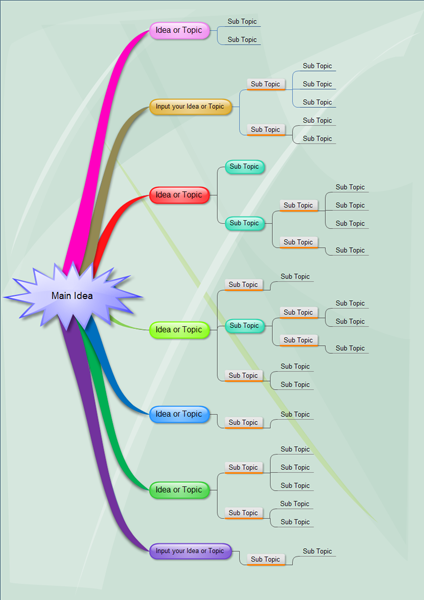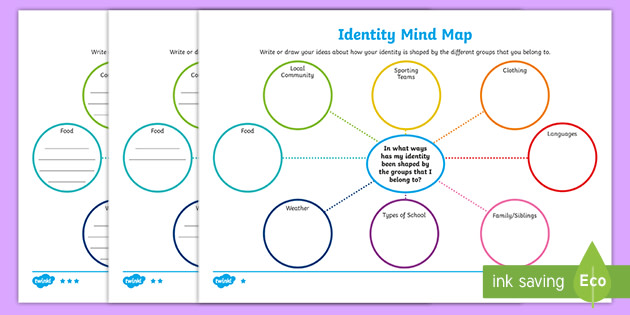

Getting students to share their opinions or discuss a topic can be tough. Teaching can and should involve students’ participation. This kind of mind map can be maintained as a visual reference library that can be constantly added to which students can visit. Instructors can also create a digital mind map to share online with the entire classroom, to be used as a resource tool. As your student’s mind map begins to branch out, she can link to sites and resources that provide even more detailed information. One of the advantages of a digital mind map is that it can include links to other online resources.

It’s also a way to deviate from the structure built into most learning environments. This outlet for creative expression helps students connect with their work, remember what they’re learning, and keeps them engaged. Activities that aren’t necessarily exciting for students, like creating a to-do list or self-reflecting, are a lot more engaging when students are allowed to be creative. Students can express themselves in an unstructured way, even if they’re working on something straightforward. Mind maps are a form of creative self-expression. More: 10 Awesome Apps to Improve Learning Retention 2. This approach helps students understand new things in ways that make sense to them, allowing them retain new information for much longer.

You want them to actually understand the concepts you’re covering, so that they can apply them later in life.Ī mind map can be created to depict how a concept breaks down into its parts, what those parts mean and how they tie into each other. But you don’t want them to simply memorize dates, facts and phrases. Students have to constantly learn new concepts and apply them. With your mindmaps ready, here are 10 ways to use them with your students. It encourages their creativity, and since they’re visual, they’re easier to remember. Mind mapping allows your students to reason, think and problem solve in ways that make sense to them. Ultimately, the real value of mind maps is their versatility. Traditional mind mapping is still useful because it can be done at any time, allowing students to take notes, brainstorm on the spot, collaborate with their peers, and more.

The traditional approach to mind mapping is essentially drawing mind maps by hand on paper, the blackboard or a whiteboard. Traditional mind mapping often works just as well, and only requires pencils and paper. All you need is a computer or mobile device. These unique mind map templates encourage students to express themselves creatively without any restrictions.ĭigital mind mapping is often done with tools intended for non-designers. You typically start with a mind map template that can be personalized by students online, or printed off as handouts to help them get started. With mind mapping, you can take the digital or traditional approach.Ī digital mind map gets created on a computer or mobile device with an online design tool.
#MIND MAPPING FREE WORKSHEETS HOW TO#
More: How to Improve Reading Comprehension with Mind Maps How to Create a Mind Map Here are ten ways that mind mapping helps students focus and learn. Mind maps are effective learning tools because they’re interactive and visual. You start with a broad concept that branches out into other topics and terms that are related to it. Mind mapping is a form of organizing information visually. This may seem like an overwhelming challenge, but there are things that you can do to easily engage your students. That means, as an instructor, you have to come up with new approaches to teaching to help your students absorb new information. And that world affects what they pay attention to and how they learn, according to Psychology Today. They live in a high-speed, constantly evolving, digital world. Students from the age of six and up already know how to use apps on mobile devices, browse the internet, use social media, stream online content, play games, make Facetime calls and more. Keeping your students’ attention in a typical classroom setting has its challenges.


 0 kommentar(er)
0 kommentar(er)
